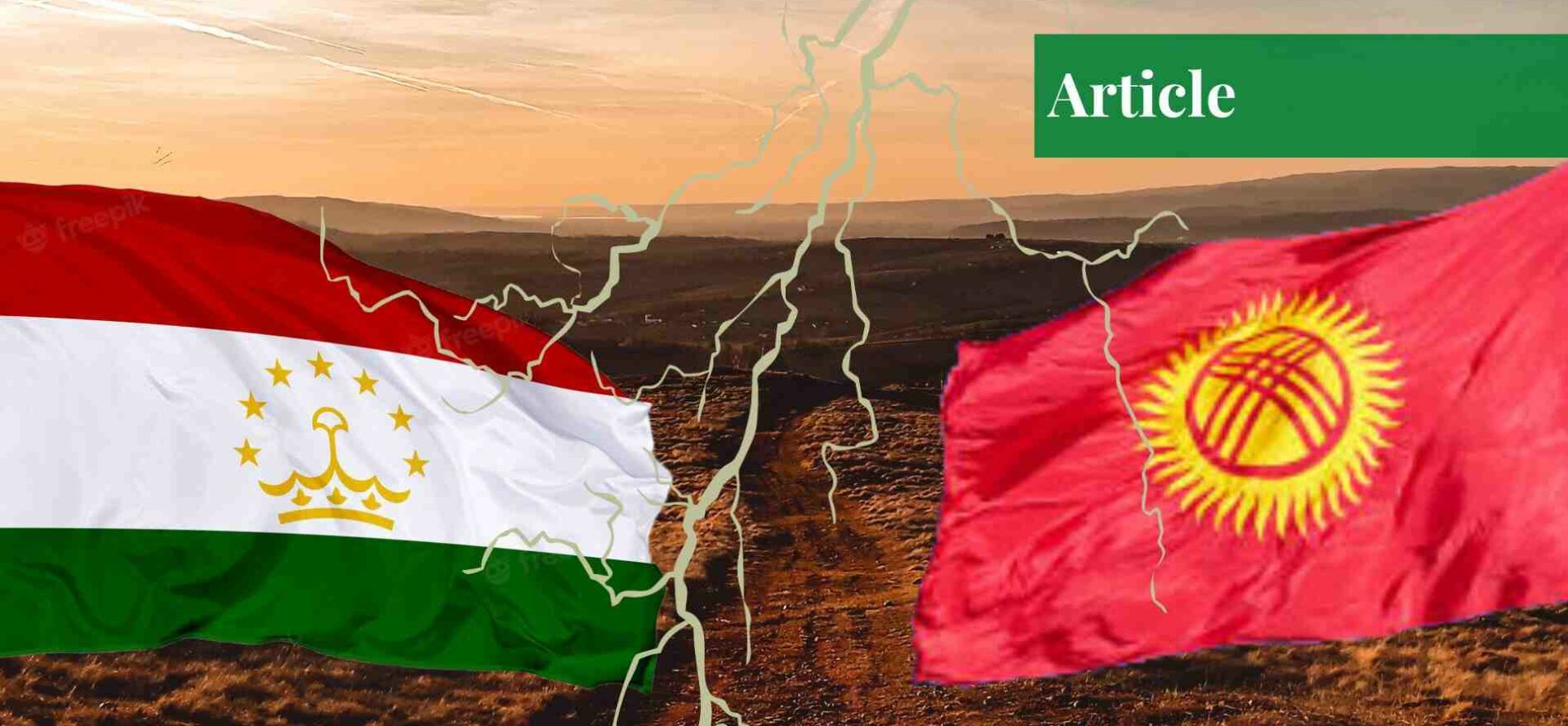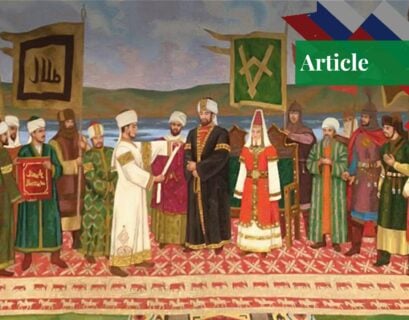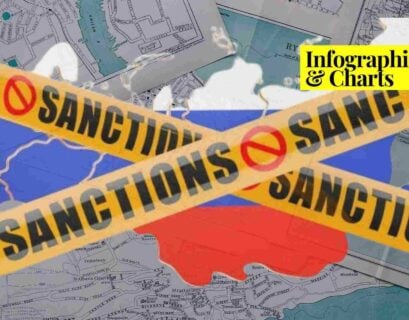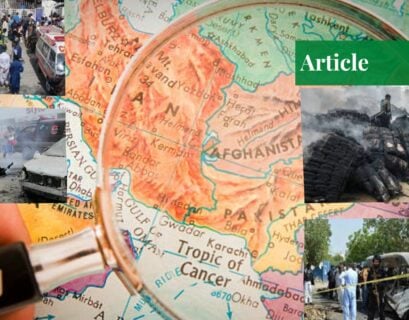Introduction
The present-day countries of Tajikistan and Kyrgyzstan were part of the erstwhile Soviet Union. Both countries gained their independence in 1991 after the Soviet Union dissolved. Both joined the Shanghai Cooperation Organization (SCO) and the Collective Security Treaty Organization (CSTO). Despite mutual memberships and interests, they are embroiled in a dispute that began 5 years ago.
According to reports, the conflict began as a result of an old water dispute along with discrepancies pertaining to the demarcated land between the two countries. There have been over 20 different skirmishes since 2017. These skirmishes and border shelling have continued into 2022, and the most recent incident occurred on September 14, 2022.
Current Situation
The Tajikistan and Kyrgyzstan conflict, which has intermittently ensued for months now, escalated on September 14, when two servicemen of the Kyrgyz State Committee for National Security were injured during heavy shelling that occurred from the Tajik side of the border. The fighting initially began when Kyrgyzstan accused Tajikistan of encroaching on demarcated land. The shelling and aerial fighting ultimately ceased by the afternoon.
A few days later, on September 16, 2022, the two leaders, Kyrgyz President Sadyr Japarov and Tajik President Emomali Rahmon, discussed the issue in detail at the Shanghai Cooperation Organization Summit, which was held in Uzbekistan. Despite the bilateral talks, the heavy shelling continued across the border as numerous villages of Kyrgyzstan were damaged, on September 17.
Kyrgyzstan reported 36 casualties and 136,000 displaced individuals, while Tajikistan reported 35 deaths. The authorities in Kyrgyzstan later updated the number of casualties to 59.
Political Motivations?
While the reason for the border attacks on Kyrgyzstan is not completely clear at this point, there could be a number of potential motives. A few of these motives may be due to internal political conflicts while others may be related to regional or international developments.
With respect to the political factor, Tajikistan’s president, Emomali Rahmon, has considered transferring power to his son, Rustam Emomali. This type of procedure requires a display of stability and power to indicate that the progeny of the leader is capable of efficiently exercising the acquired power. Thus, a war/clash is being conducted along the borders to showcase power and stability.
Furthermore, the conflict in the Gorno-Badakhshan Autonomous Region is mushrooming. Consequently, the attention is being diverted from the protests in the region towards the Tajikistan-Kyrgyzstan conflict. Moreover, the conflict has become more aggressive against the backdrop of the Ukraine-Russian war.
Out of the six CSTO members, an organization in which Russia is a primary stakeholder, five members are involved in regional conflicts with bordering countries including Russia, Belarus, Armenia, Tajikistan, and Kyrgyzstan. Therefore, it can be analytically concluded that Russia is either assisting in the attacks or not playing a significant role in preventing them.
Previous Intermittent Clashes
A border conflict started between Tajikistan and Kyrgyzstan on April 28, 2021. According to various sources, the cause of the conflict was an old water dispute while other sources indicate that the issue arose due to the installation of surveillance cameras around the Tajikistan-Kyrgyzstan border. Resultantly, 55 casualties were reported with 40,000 civilians displaced.
Another incident occurred on January 27, 2022, resulting in the death of 10 citizens on the Tajikistan side with 6 servicemen and 4 civilians. On the Kyrgyzstan side, 11 citizens were treated for critical injuries. Then on March 10, 2022, an armed incident broke out on the Tajikistan-Kyrgyzstan border, in the area of Batken District. A Tajik border guard was killed in the tragic incident.
Before the most recent incident on September 14, 2022, the last clash occurred on June 3rd. Soldiers from the Kyrgyzstan army crossed over into Tajikistan. Subsequently, on June 14th, a Tajik guard was killed with three injured.
International Mediation
There have been numerous occurrences where the international community has intervened to de-escalate the fighting between the two parties. Iranian Ministry of Foreign Affairs spokesman, Nasser Kanaani, called for a resolution. Furthermore, Vladimir Putin called the leaders of both Tajikistan and Kyrgyzstan to cease fighting.
Their pretext for encouraging mediation is that both countries are integral members of both CSTO and SCO. Thus, interfering with both regional stability and security. The Turkish Ministry of Foreign Affairs has also encouraged the two parties to reach a consensus and mediate rather than continue the bloodshed. The United Nations Secretary-General, Antonio Guterres, has also called for dialogue between the countries with respect to a ceasefire.
Possible Approaches and Solutions
The border conflict between the two countries is not just detrimental to the involved parties but also to the region. Conflict engenders further chaos and security issues. Thus, the concern expressed by the international community. However, if the concern was that critical or genuine, further action would have been undertaken to prevent the death of innocent civilians and servicemen.
More stringent measures should be taken to restrict the shelling and shooting that is currently occurring at the border. Moreover, bilateral talks should be arranged by both the leaders of Tajikistan and Kyrgyzstan to communicate the potential solutions to the border clashes and other issues prevailing between the two.
Although both leaders had an opportunity to resolve their country’s conflicts at the 2022 SCO Summit, they abstained from speaking at length about the issue. Both countries are a part of SCO and CSTO, which comprises other regional countries such as China, Russia, and Uzbekistan. Resultantly, they possess the ability to mediate the ceasefire between the two countries. Foreign mediation is required whether from regional countries or the international community.
Conclusion
In conclusion, it is evident that the intermittent clashes on the Tajikistan-Kyrgyzstan border are both unending and perilous. The border clashes that began in April 2021 are still occurring in September 2022. The border shelling endangers the families that live in the surrounding areas of the border. They are unjustly killed and their houses are damaged along with their village’s infrastructure.
Moreover, hundreds of servicemen have been murdered by aerial firing. Despite cursory international mediation and encouragement, no definite solution has been conceived. Therefore, in order to avoid further chaos from ensuing, international mediation along with bilateral talks must be held to negotiate an armistice or treaty to cease the active hostilities occurring between the two countries. It will be beneficial for both regional stability and the involved countries.
If you want to submit your articles/research papers/book reviews, please check the Submissions page.
The views and opinions expressed in this article/paper are the author’s own and do not necessarily reflect the editorial position of Paradigm Shift.



















